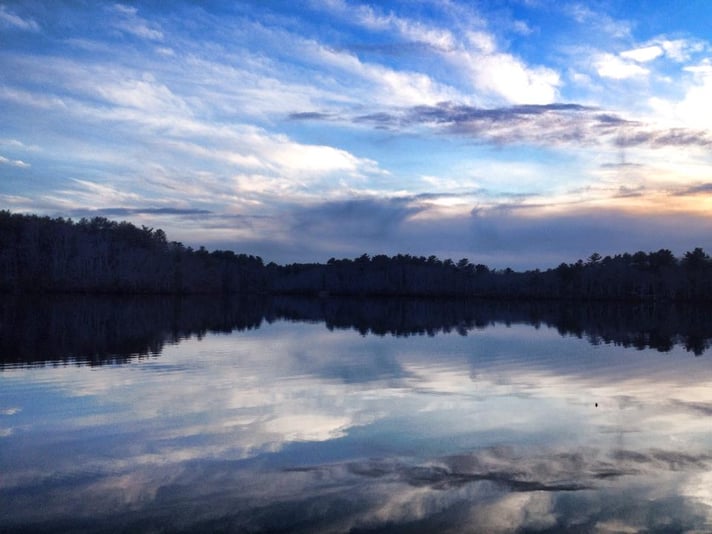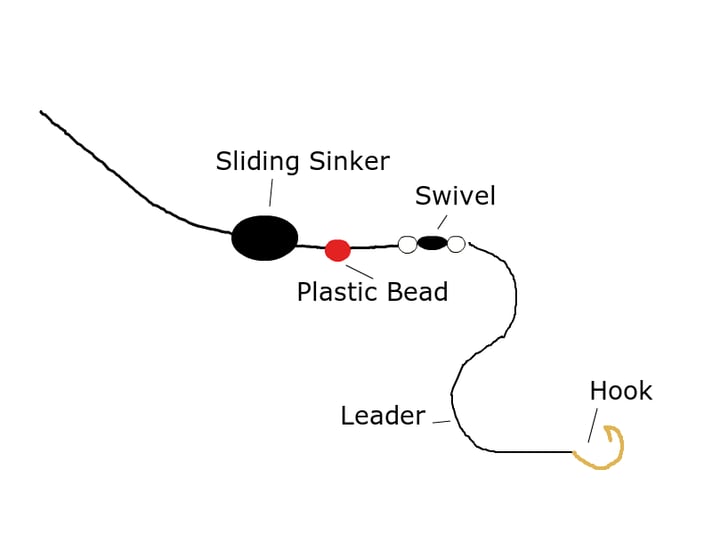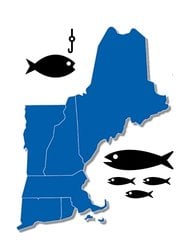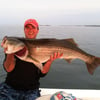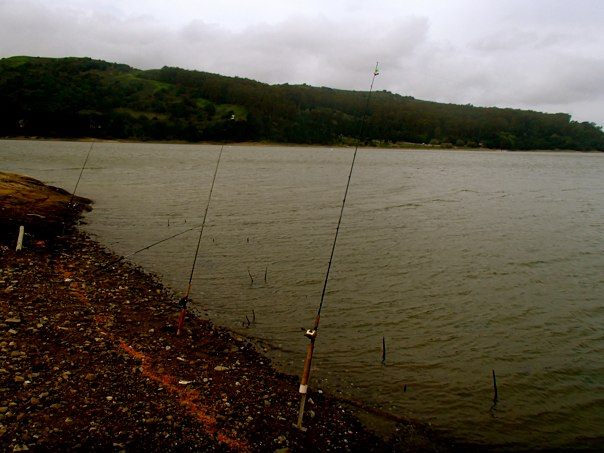
Introduction to Trout Fishing
Spring in New England is the season of all things new - snow melting, birds chirping, and of course, the fish becoming more active as they stretch out of their winter slumber. Spring is also one of the best times to get outside, dust off your fishing gear and catch some trout!
Trout fishing varies widely depending on the area of the country (or the world) in which it's done. In this blog post, we'll take a look at some basic shore fishing techniques, and impart some knowledge on how to catch trout in the many ponds of New England!
All states in New England run stocking programs which ensure stable trout populations and give anglers great opportunities to catch trout in many ponds throughout New England. Your license dollars support these programs, so that all anglers contribute to the sustainability of New England fisheries. Most ponds in New England are stocked with trout in the spring, but many also receive fish in the fall. Take advantage of this, and be sure to monitor your local DFW website for stocking schedules!
Trout Fishing Basics
There are a variety of ways to successfully catch trout in the spring in New England ponds. Fly fishing, when paired with the right know-how, gear, and techniques, can be extremely effective, albeit requiring a bit more skill than more traditional methods. Trolling (whether flies or lures) can also produce great results, allowing the angler to cover much larger areas, but also requires access to a boat, canoe or kayak. In this post, we will explore the different options for the shore angler, which provides an experience that fishermen of all skill levels can enjoy, and which requires relatively basic gear to find success.
There are essentially three methods of catching trout from shore during the spring in New England, and we’ll explore all three in a bit further detail in this post. Each of these techniques essentially requires the same basic toolset of gear.
Tackle & Gear
For the most sporting experience, lighter action tackle is best. A five to six foot ultralight spinning setup rigged with six-pound monofilament is really all you need to get started! You can find a variety of great brands such as Shakespeare, Shimano & Daiwa at sporting retailers in your area. Other essentials for spring trout fishing are layered clothing, a good pair of boots, and depending on your desired comfort level, a nice camping chair! For the more intrepid angler, a good pair of waders affords access to deeper spots and areas without direct beach access.
For bait fishing, there are essentially two methods, and both involve a relatively similar set up; float fishing and sliding sinker bottom fishing. The bullets below list out the essential tackle for a basic trout fishing rig:
♦ Weighted bobber (float fishing)
♦ Barrel swivel with 18-24" leader attached
♦ 1/4 ounce non-lead sliding egg sinker (bottom fishing
♦ Trout hooks, typically size #10
♦ Bait
1) Float Fishing for Trout
For float fishing, the classic hook, worm & bobber technique can work well in targeting shallow waters and areas where the fish are holding toward the surface. Especially on sunny days early in the season, fish will be moving on the surface where the sunlight has pushed temperature into a more optimum range. The key here is waiting for the trout to fully take the bait before setting the hook - trout can be extremely finicky and will often investigate and nibble at a bait for a period before taking it fully. Don’t jump the gun, and remember to be patient! Catching trout in the ponds of New England is often a waiting game.
2) Bottom Fishing for Trout
The second method to catch trout in New England ponds is fishing the bottom using a sliding egg sinker weight. Baits, hook size, and overall approach is similar to that of float fishing, with a few key differences in bait and presentation. Once advantage of fishing the bottom is that it allows the angler to float bait just off the bottom and right into the trout's field of vision (as opposed to sitting on the bottom). You can find more information on this presentation in the link at the end of this post. Lastly, with bottom fishing, you'll also want to use an indicator (like the bells on the rods in the top photo) to let you know when you're getting a bite, as trout will often approach a bait cautiously. The image below details the basics of this rig (no need for a plastic bead).
3) Casting Lures for Trout
The final method to catch trout in New England ponds, and perhaps the sportiest of the three, is using lures. This method allows the angler to cover more area and often entails wading along the banks of the pond in search of fish. Trout will hit a wide array of small lures ranging from spoons to spinners and crank baits. Brown trout especially are known to cruise the shallows of New England ponds and aggressively strike lures - they are among the most ferocious of the trout species of New England, along with the tiger trout. Hungry rainbows will also take lures!
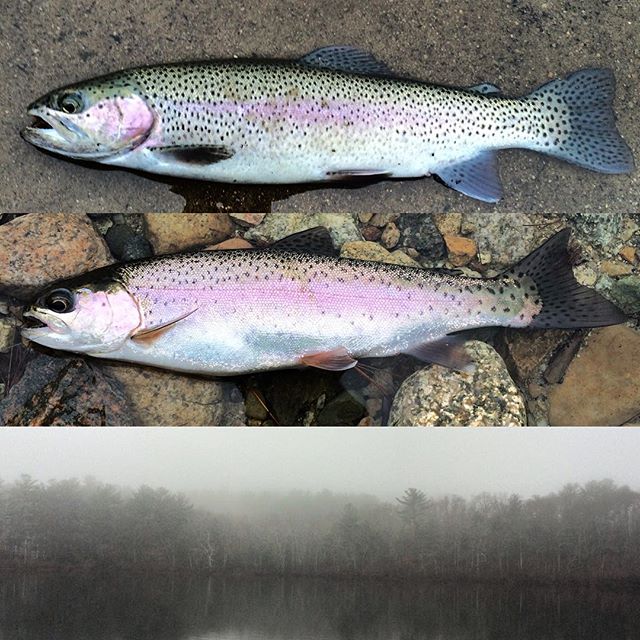
Get Out There!
You should now be relatively well equipped with enough intel to catch trout in New England ponds come springtime! Remember too that flyfishing is always an option for those inclined for the challenge - it can be quite effective. For the angler just looking to catch more trout in New England come spring, these tips and tricks will help to get you started. For more information on best baits & lures for catching trout, please click below!


